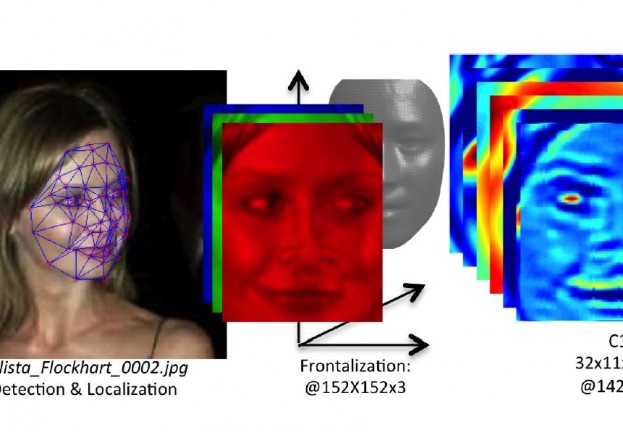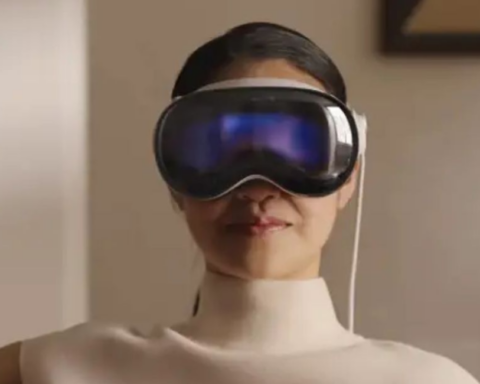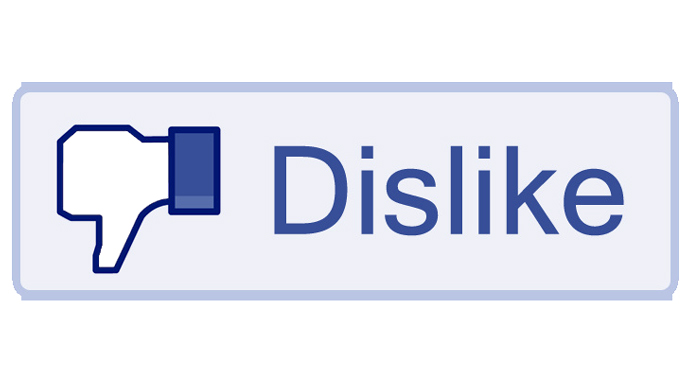Facebook’s ‘Deepface’ photo-matching software can now ‘recognize’ pairs of human faces with an accuracy just a fraction of a percentage point behind human beings – a huge leap forward in the technology, which some see as having potentially alarming implications for privacy.
Deepface can now match two previously unseen photos of the same face with 97.25% accuracy – humans can do the same with around 97.5% accuracy, a difference which TechCrunch describes as “pretty much on par”.
Facebook uses its current facial recognition software to ‘tag’ people in photos, which is used widely around the world. Although Deepface is a research project, and unrelated to the technology used on the site, it “closes the vast majority of the performance gap” with human beings according to the Facebook researchers behind it and can recognise people regardless of the orientation of their face, lighting conditions and image quality.
Publications such as Stuff magazine describe the technology as “creepy”, saying that were it implemented “in the wild” it should make site users “think twice” about posting images such as “selfies.”
Deepface uses deep learning to leap ahead of current technology – an area of AI which uses networks of simulated brain cells to ‘recognize’ patterns in large datasets, according to MIT’s Technology Review.
Yaniv Taigman of Facebook’s AI team says, “You don’t normally see that sort of improvement. We closely approach human performance.”
The leap forward in performance cuts errors by more than 25% in the accuracy – achieved, Taigman says in Facebook’s brief description of the milestone, by 3D modeling faces, and using a “nine-layer deep neural network” to analyze 120 million parameters. Business Insider describes the process as akin to using the 3D software to turn faces “forward” for comparison.
Deepface was “trained” using a dataset of four million facial images belonging to 4,000 individuals, Taigman says.
“Our method reaches an accuracy of 97.25% on the Labeled Faces in the Wild (LFW) dataset, reducing the error of the current state of the art by more than 25%,” Taigman says, noting that the software is “Closely approaching human-level performance.”
In a paper entitled, Deepface: Closing the Gap to Human-Level Performance in Face Verification, Taigman and his co-authors write, “We believe that this work, which departs from the recent trend of using more features and employing a more powerful metric learning technique, has addressed this challenge, closing the vast majority of this performance gap [as compared with humans],” saying that Deepface can be applied to various population, without regard to pose illumination or image quality.
“Our work demonstrates that coupling a 3D model-based alignment with large capacity feedforward models can effectively learn from many examples to overcome the drawbacks and limitations of previous methods.”






